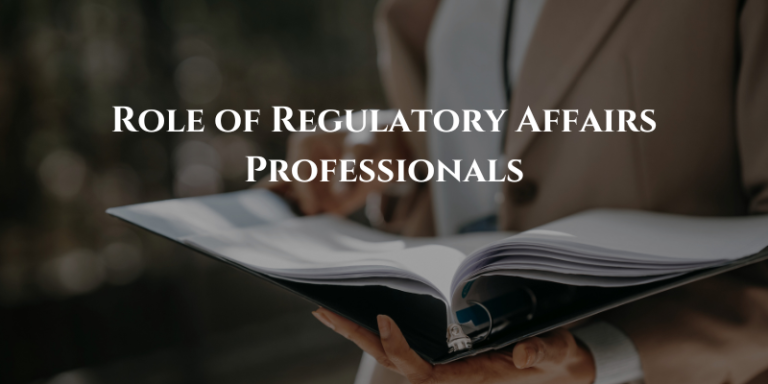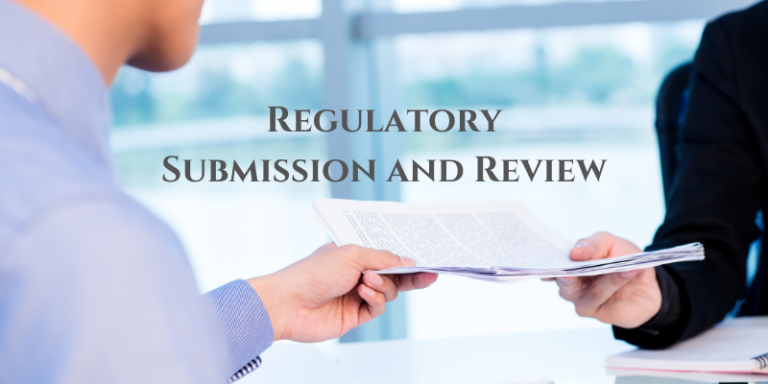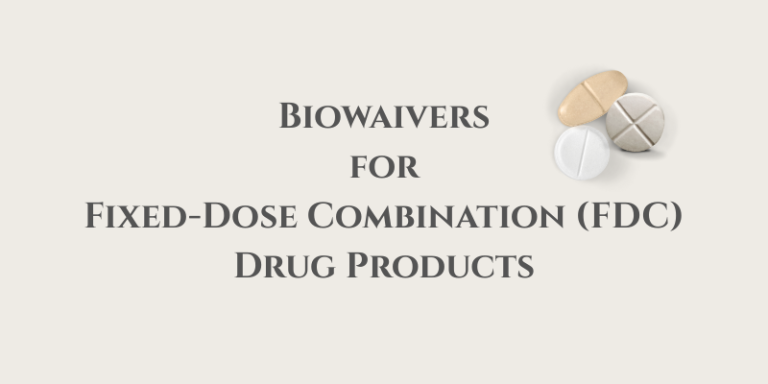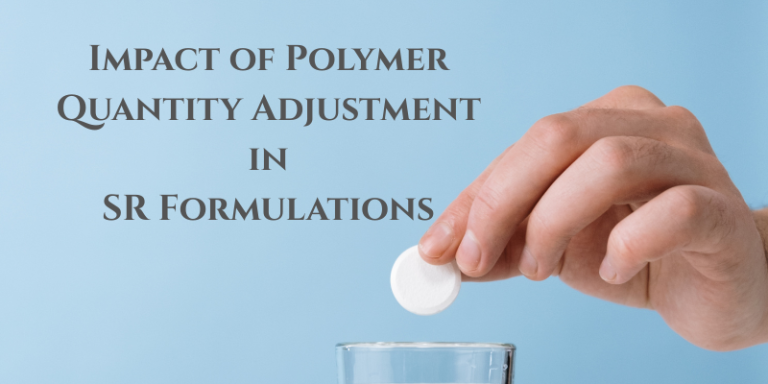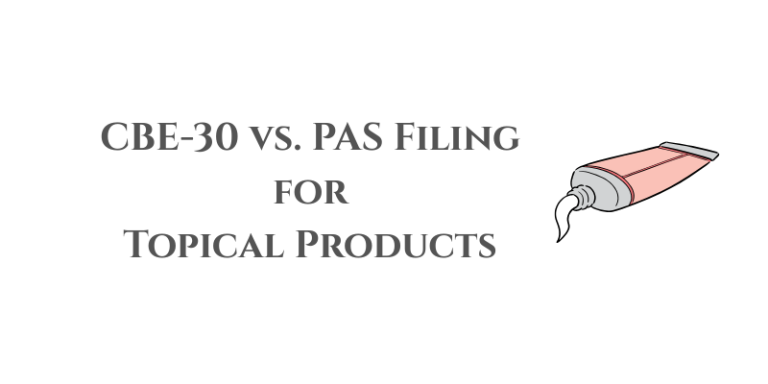Role of Regulatory Affairs Professionals in the Pharmaceutical Industry
The role of regulatory affairs professionals in the pharmaceutical industry is to ensure compliance with regulatory requirements and guidelines set by various regulatory authorities. They play a crucial role in the development, approval, and post-marketing surveillance of pharmaceutical products. Some specific responsibilities of regulatory affairs professionals include: Regulatory Strategy Development They are…

